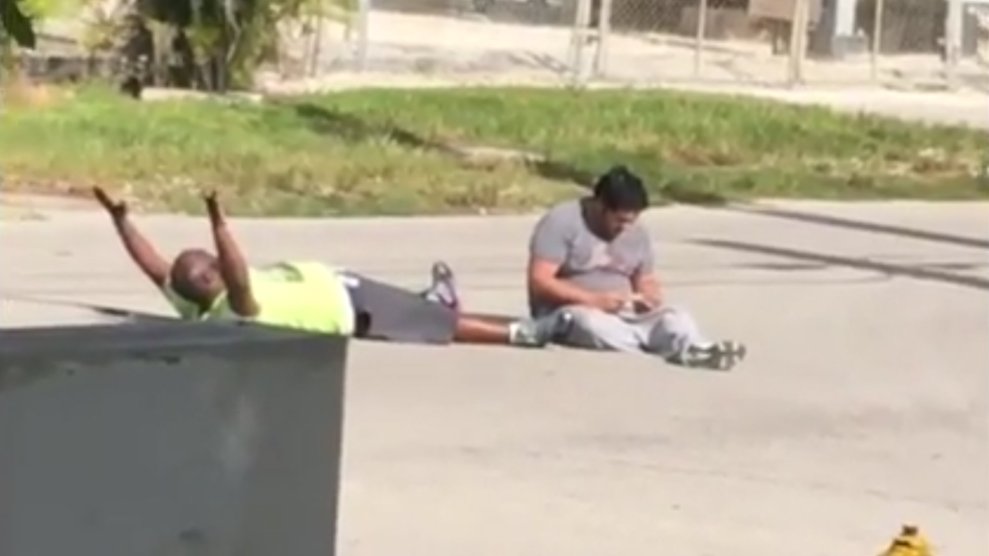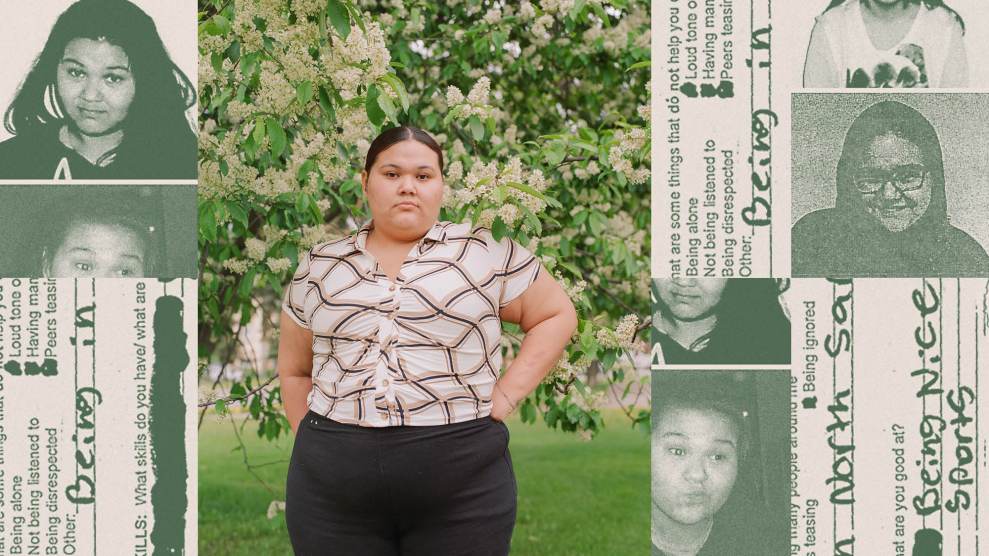On October 12, a police officer was observed handcuffing a man who had been walking in the street in Edina, Minnesota. A video of the incident, captured by an observer and posted to YouTube, is now going viral online.
The video had more than 500,000 views by Tuesday morning and had spurred a response from the state chapter of the NAACP, the mayor of Edina, and the Edina Police Department. The bystander who filmed it was identified as Janet Rowles in a statement posted on Facebook by the Minnesota NAACP.
According to Rowles’ summary of the incident, a man—identified as Larnie Thomas in the same NAACP statement—was walking along a white line that marked the shoulder of the road because the sidewalk on that side of the street was blocked off due to construction work. An unmarked police vehicle pulled in front of him, according to Janet’s summary, blocking his path forward. The video begins after an officer in plain clothes has already detained Thomas, who is black, and is leading him by the coat jacket to his SUV. The officer was identified later as Tim Olson.
“Dude, damn!” Thomas exclaims, clearly frustrated over the encounter.
“Come over here,” the officer responds.
“For what?” Thomas asks.
“You’re walking down the middle of the street.”
“I’m on the damn white line!”
Thomas, who is clearly agitated at this point, repeatedly tells the officer to take his hands off him, insisting that he didn’t do anything wrong.
The two arrive at the officer’s SUV and a female voice off-screen—presumably Rowles’—suggests to the officer that he could have just told the man where to walk. Thomas, having tried repeatedly to pull away from the officer, concurs, to which the officer responds, “We’ve gone beyond that just a little bit.”
Minutes later, a second police car arrives and an officer gets out to handcuff and arrest Thomas. Thomas complies, at this point having already removed his jacket and shirt in effort to break free of Olson’s grip. “You could have just shown him where to walk really kindly,” the woman observing the incident calls out to the first officer. “You are the one who incited this.” Then, a third officer approaches her to take her information.
Thomas was never taken to jail, but instead was released at a shopping mall upon his request, the mayor of Edina said in a statement. The citation against Thomas will be dropped, the Minneapolis Star Tribune reported Monday.
On Friday, the Edina Police Department posted a statement on Facebook saying that Olson had flashed his lights at Thomas after observing him walking “in the southbound lane of traffic”; that Thomas ignored the police vehicle and walked around it; and that Thomas was “defiant” when Olson began to follow him down the street on foot. At that point, Olson smelled alcohol on Thomas’ breath, according to the statement; a breathalyzer test confirmed that Thomas had consumed alcohol. Thomas’s presence in the street was a threat to his and drivers’ safety, police said.
But the NAACP and Rowles have wondered whether Thomas’s stop was racially motivated. Edina—a town about 30 miles southwest of Minneapolis—is nearly 90 percent white. The Minnesota NAACP made a number of demands in response to the incident, including that the Edina Police Department re-train officers on implicit and explicit bias and begin to collect better demographic data on traffic stops. In a response, the police department said that a division of the Minnesota state police had launched an independent investigation into the incident, but that Olson and all other officers involved had followed “established procedures.” It did, however, invite the NAACP to work with the department on developing reforms.












